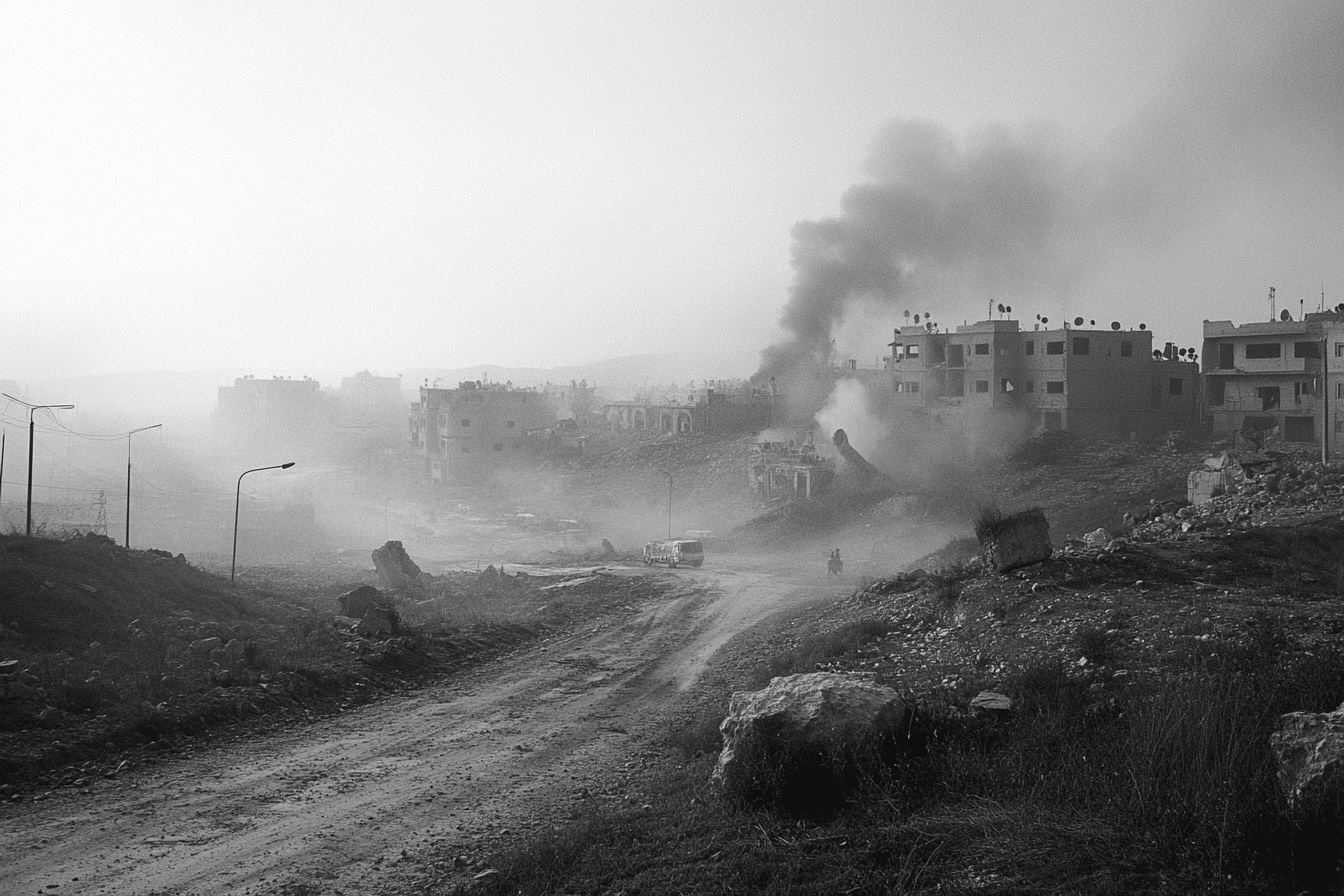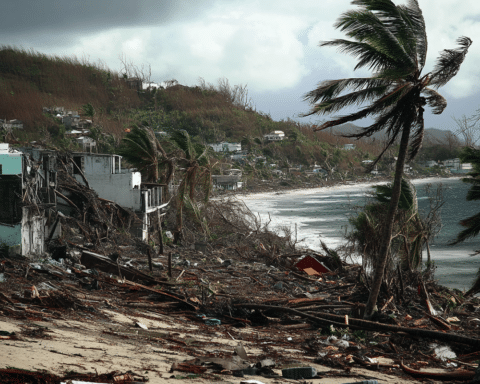The recent Israeli airstrikes on Syria resulted in the tragic loss of 18 lives, making it the deadliest attack since the beginning of the war in Gaza. Syria’s Health Minister, Hassan al-Ghabbash, reported that dozens more were wounded in the strikes, which targeted both civilian and military areas. The intensity of these attacks has raised concerns, particularly given Israel’s frequent operations in the region.
Unprecedented Casualties in Overnight Strikes
The overnight strikes have shocked many, not only due to the high number of casualties but also because of the unusual scale and intensity. “This brutal and barbaric aggression has left 18 dead and nearly 40 wounded,” said Health Minister al-Ghabbash, highlighting the devastation.
Among the hardest-hit areas was a research center in Masyaf, known for developing weapons. A U.K.-based war monitor, the Syrian Observatory for Human Rights, reported that 25 people had been killed, including civilians, Syrian soldiers, and Hezbollah members. This suggests the attack’s dual focus on military assets and civilian infrastructure.
Israel’s Ongoing Campaign Against Iran and Hezbollah
The Israeli government has made no official statement regarding these latest strikes. However, Israel has been consistent in targeting Iranian-linked groups and Hezbollah in Syria over recent years. The strikes, which have become more frequent, aim to prevent Iranian entrenchment and the delivery of weapons to Hezbollah. Israel’s ongoing conflict with Hezbollah has only intensified as tensions between Hamas and Israel continue to escalate.
These strikes in Syria are part of a broader strategy to dismantle key Hezbollah and Iranian assets, especially those connected to arms development. The Observatory stated, “One strike targeted a scientific research center in Masyaf where Iranian militias and experts are stationed to develop weapons.”
Impact on Civilians and Infrastructure
While the military objectives are clear, civilian casualties have sparked outrage in Syria. “This brutal attack targeted civilian targets, and the martyrs were mostly civilians, as were the wounded,” said Minister of Electricity Mohammad al-Zamel. He also noted that the strikes severely damaged vital infrastructure, including water and electricity supplies.
The damage to civilian areas has left many questioning the proportionality of the strikes. Muhammad Sumaya, a firefighter injured during the attacks, described the chaos that followed the strikes. “A missile landed right next to us while we were trying to extinguish the fires,” he said from his hospital bed. The aftermath has left communities like Masyaf and Tartous reeling from the destruction.
The Aftermath and Ongoing Tensions
The large-scale airstrikes have left visible scars on central Syria. In Hama province, fires still smoldered Monday afternoon, with smoke rising from the affected areas. The Israeli strikes also caused significant damage to highways and civilian property, prompting fears of further escalations in the coming days.
As tensions continue to rise between Israel, Hezbollah, and Iran, the situation in Syria remains volatile. This latest attack is a stark reminder of the ongoing struggle for dominance in the region. The world watches as the conflict unfolds, with little hope for an immediate resolution.
The recent Israeli strikes in Syria have left a devastating impact, with civilian and military casualties rising. As regional tensions continue to flare, the toll on innocent lives remains a grim reality. The international community will watch closely as this conflict shows no signs of easing.





